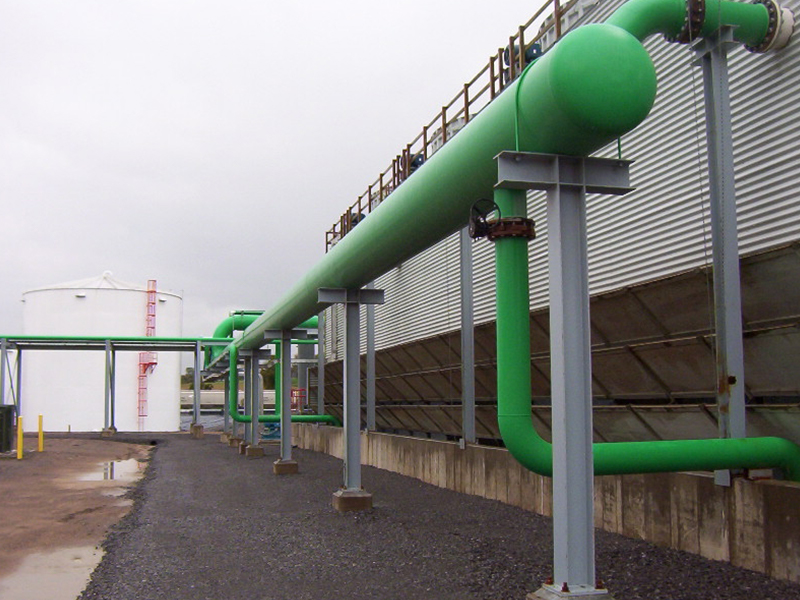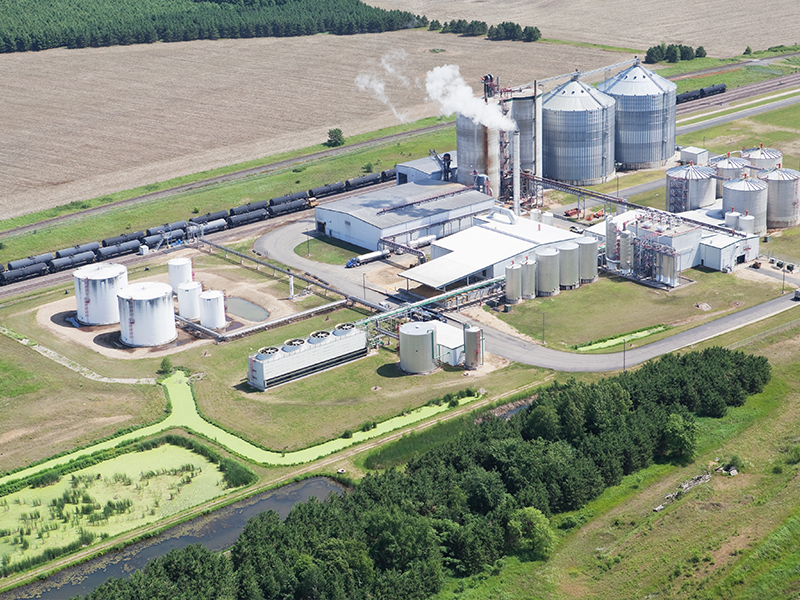Many biofuel plants are working toward efficiency and plant optimization to increase ethanol production. Often when plants move forward with expansion efforts, the adverse impact on system efficiencies, such as cooling, is overlooked. Without proper evaluation of the existing cooling system operation, plants could spend additional capital on an unnecessary cooling tower expansion or experience an increase in operational costs if the existing system isn’t optimized.
A surge in energy costs, a reduction in production, system fouling or deposits and unexpected downtime may result from a production expansion without a review of the cooling system’s existing state of operation. Any issues that may be present prior to the expansion may be amplified and could put unnecessary stress on production if not properly addressed. With a complete understanding of the current operations of the cooling system, biofuels producers will have the information needed to make the right cooling system decisions to effectively support a plant expansion.
To determine the current operations of the cooling system, an unbiased evaluation of the full system is recommended. It’s important that the evaluation is unbiased to ensure the advice that is given is truly the best option for the plant.
As every plant is different, the best place to begin is a review of the mechanics of the system. Often, modifying or cleaning up existing cooling tower elements are less expensive and just as effective as a complete tower expansion. Items to consider include:
- How is the system designed to operate vs. actual operation?
- Are the heat exchanger surfaces clean?
 Can the circulation rate of the cooling system be increased?
Can the circulation rate of the cooling system be increased?- Visually inspect the fills and fans.
- Does the fill need to be replaced?
- Can changing the fan blade pitch maximize BTU rejection?
- Conduct a water balance to determine the system’s water usage:
- What are the flow rates through the plant exchangers?
- What is design vs actual flow rates through the plant?
- Temperature profiles?
- Conduct an overall BTU balance of the plant:
- BTUs in vs. BTUs out?
- If modifications are made to the BTU output in one area to maximize efficiency, how does that effect cooling tower operations?
- Increasing the size, or adding an additional cooling tower
- Separating process streams
- Maximizing fresh water make-up to improve plant cooling
- Considering air cooling vs. traditional water cooling tower.
Contact us today to learn more about Kurita America's biofuels industry solutions.

